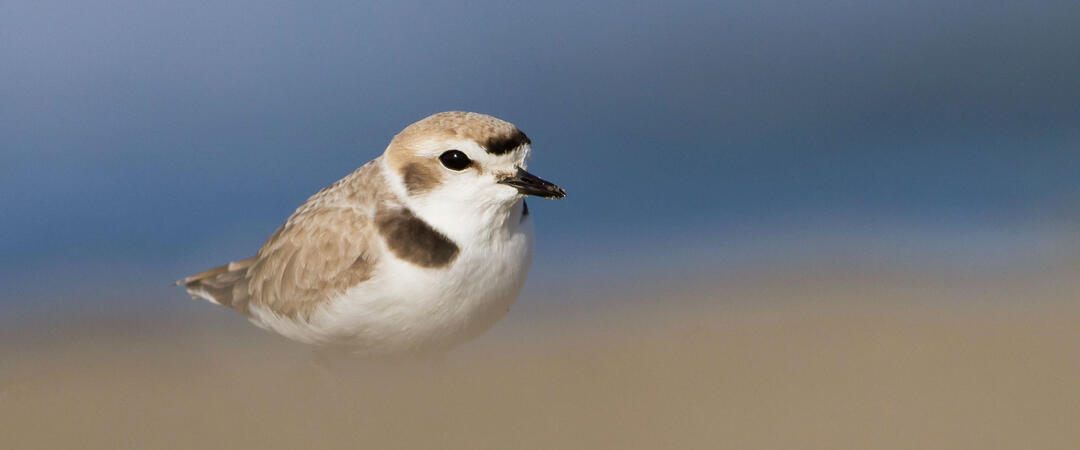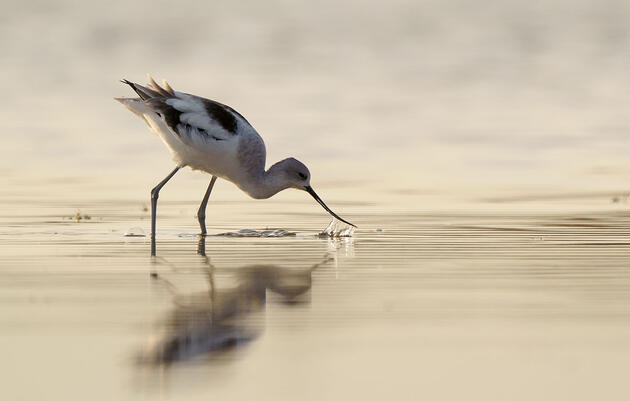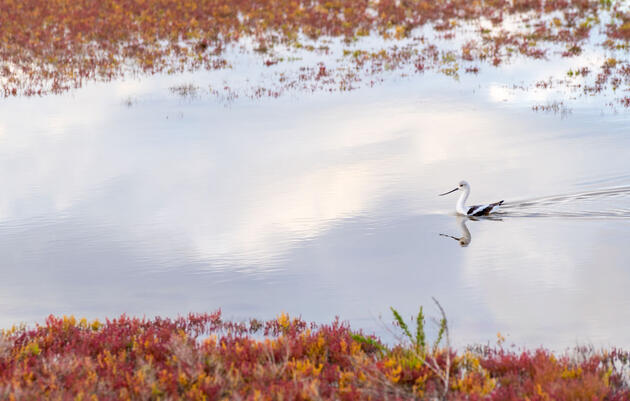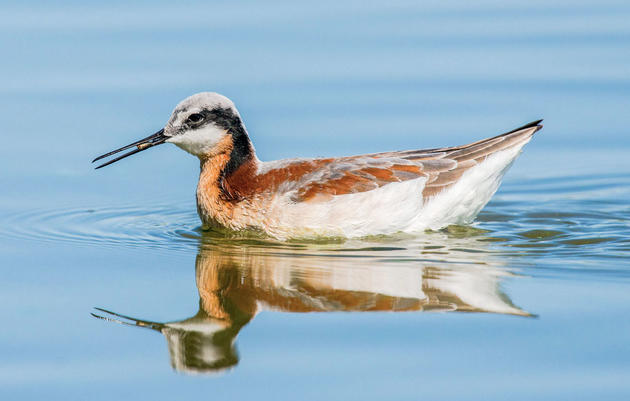Today, Utah Governor Spencer Cox signed a bill into law that will enhance protections for some of Utah’s most important bird habitat for generations to come. HB 83, “Migratory Bird Production Area Amendments,” sponsored by Representative Joel Ferry, and unanimously passed by the Utah Legislature, builds off of a 2009 law that allowed landowners to designate land areas of 500 acres or greater as Migratory Bird Production Areas (MBPAs). MBPAs are lands managed for migratory bird production and habitat or other compatible purposes.
The act calls for counties in which MBPAs are located to encourage the continuity, development, and viability of these areas, and gives them the “highest priority of use” status, which highlights their importance to migratory birds. Many MBPAs are directly adjacent to Great Salt Lake, are essential in maintaining continuity among wetlands, and play a key role in water inflows to the lake.
The 2021 amendments reopen the window for landowners to designate new MBPAs until July 2022. It also allows for expansion of existing MBPAs and adds further protections to MBPAs from certain forms of eminent domain.
For current MBPAs and their landowners, including Audubon’s Gillmor Sanctuary and a number of privately owned duck clubs around Great Salt Lake, these are important changes that offer long-term protections from encroaching development and enhance landowners’ ability to enlarge protected areas as opportunities arise.
“On May 25, 2010, Audubon’s Gillmor Sanctuary became one of the first wetland areas on Great Salt Lake to be designated as an MBPA,” said Ella Sorensen, manager of Audubon’s Gillmor Sanctuary. “We are excited that this amendment gives us further protection, especially from constant threats of eminent domain. We are grateful to Marcelle Shoop, Audubon’s Saline Lakes Program director, who championed this bill.”
“Utah's waterfowling community appreciates the support of Representative Ferry, the entire legislature, and Governor Cox,” said Jack Ray, president of the Utah Waterfowl Association. “HB 83 provides Utah's century-old duck clubs and other private wetland areas the protection and tools necessary to preserve and nurture migratory bird habitat for a century to come.”
In an era of ever-increasing development pressure on the natural areas surrounding Great Salt Lake, HB 83 is a welcome countermeasure to preserve—and even enhance—irreplaceable bird habitat.









